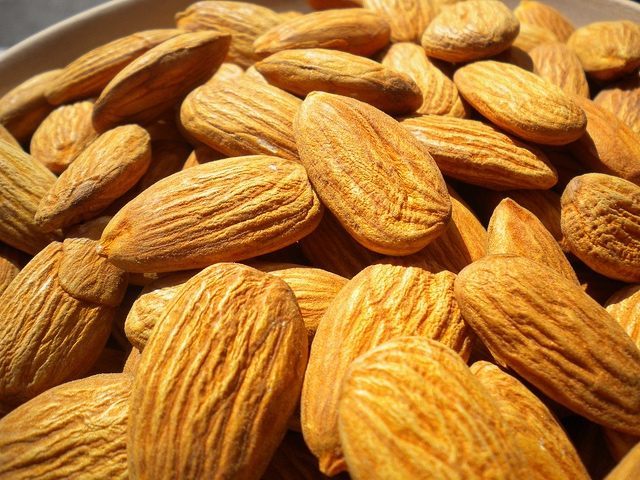The absolute worst combination of warm weather, followed by rain and freezing temperatures, threatens a major portion of California’s $6 billion almond crop.
Due to unseasonably warm and sunny weather through January, California’s 2018 almond bloom was expected to be one of the earliest on record and generate a record crop.
But after three days of flirting just above the 32 degree level where water freezes, Central Valley temperatures plunged to an average of 26 degrees in the early morning of February 22.
The risk that frost will kill the flowering buds that are necessary for crop production is being compounded by the expectation of cold rain, followed by another hard freeze overnight. Even if the buds survive the frost and ice, pollinating bees will not fly if temperature remain near-freezing.
Given that California produces 81 percent of the world’s supply of almonds, the economic impact on California’s Central Valley and the U.S. trade deficit could be substantial.
Some farmers are running sprinklers, because the area’s groundwater is warmer than the current outside temperatures. The sprinkler water warms surface areas to protect against brown rot and keep the almond trees’ shallow roots from dying from frost.
The Blue Diamond Growers Coop President and CEO Mark Jansen told PR Newswire, “Farmers assume tremendous risk with each season depending on the weather, and changes in government policy. This freeze reminds us of how important it is for farmers to be able to save during good years in order to survive the tough years.”
Jansen praised President Trump’s “Tax Cut and Jobs Act” for providing tax relief for the 3,000 Blue Diamond family farms that do not have the clout to lobby government, like big agricultural companies.
California citrus growers in the Central Valley are also susceptible to sub-freezing temperature. But the combination of about half the mature orange and mandarin crop having already harvested, and mostly mature fruit on the trees, means that wind machines and irrigation watering may save most of this year’s crop.

COMMENTS
Please let us know if you're having issues with commenting.